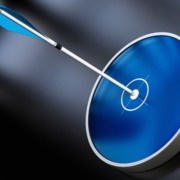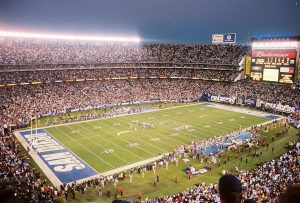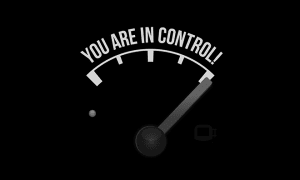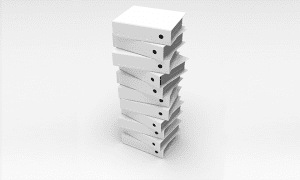Track Finances to Identify Underperformance and Reduce Costs
Equipment
Routinely comparing what is budgeted for versus what is spent for each item of work in progress is the only way to effectively control project costs. This comparison is the only way for project managers to identify and correct underperforming areas before they snowball and become costly, project-delaying issues.
Once problem areas are identified, project managers can focus on bringing performance back on track. Without a level of cost control, underperformance will only be discovered after the project is complete, when it is too late to make adjustments to prevent overruns.
HOW TO MEASURE PERFORMANCE
Every project manager should regularly measure the cost of labor, equipment and materials. Labor is the most likely factor to fall out of control due to varying construction techniques or site conditions. Inefficient building methods or unexpected obstacles can single-handedly cause poor output and destroy a project’s profitability.
Labor
Now consider how labor is measured. To their detriment, some contractors prefer to compare the cost of labor to budgeted labor costs. With this method, the cost of labor and burden varies over geographical locations and leads to potentially inaccurate numbers.
Instead, consider analyzing the labor hours actually expended (using weekly labor reports) compared to labor hours budgeted. This creates an accurate means of comparison that is more widely applicable. Potential overruns are more readily identified, providing the most efficient means of controlling labor.
Equipment
Equipment costs are typically tracked on an hourly basis. Comparing actual equipment hours consumed to the hours budgeted provides the best real-time control. But pay close attention to internal equipment costs versus the cost of operating rental equipment. It may be less expensive to rent versus own. If that is the case, it’s likely time to get rid of that old, worn-out equipment.
Materials
Finally, materials costs can be measured in the field on a consumption basis. In this case, comparison of units consumed versus units budgeted is the best method. Using more materials than planned can be an indication of waste and a warning that poor planning or execution of work has occurred. For this reason, materials must be tracked based on usage and continually compared to the budget.
INDIRECT COSTS
Don’t forget about indirect costs, which include job-related items that cannot be charged directly to a specific job because the expense applies to multiple jobs. Think of things such as materials bought in bulk, equipment such as generators or compressors that move from project to project, and overhead costs such as insurance costs.
Indirect costs need to be routinely allocated every month to figure out the complete cost of a job. If indirect costs are omitted, profit margins will be overstated on completed projects, which means the next project likely will be underbid.
ACCURACY EQUALS PROFITS
Project managers play an integral role in delivering a successful and profitable project. Accurate and regular tracking of project labor, equipment and materials costs allows a project manager to identify areas of underperformance and make adjustments.
Make sure the appropriate mechanisms are in place to facilitate quick and accurate comparison of the actual usage of labor, materials and equipment to what is budgeted. Attaining maximum control over costs is the only way to maximize a company’s profit-making ability.
Written by David Druml
David Druml is founder and president of Direct Surety, a new type of surety that provides contract surety bonds directly from an underwriter to the contractor rather than through a broker network. A former contractor and founder of multiple construction and risk management companies, Druml has developed a proprietary risk analysis system for the construction industry. He is also an instructor at the University of California Berkeley Extension, teaching enterprise risk management to contractors.







